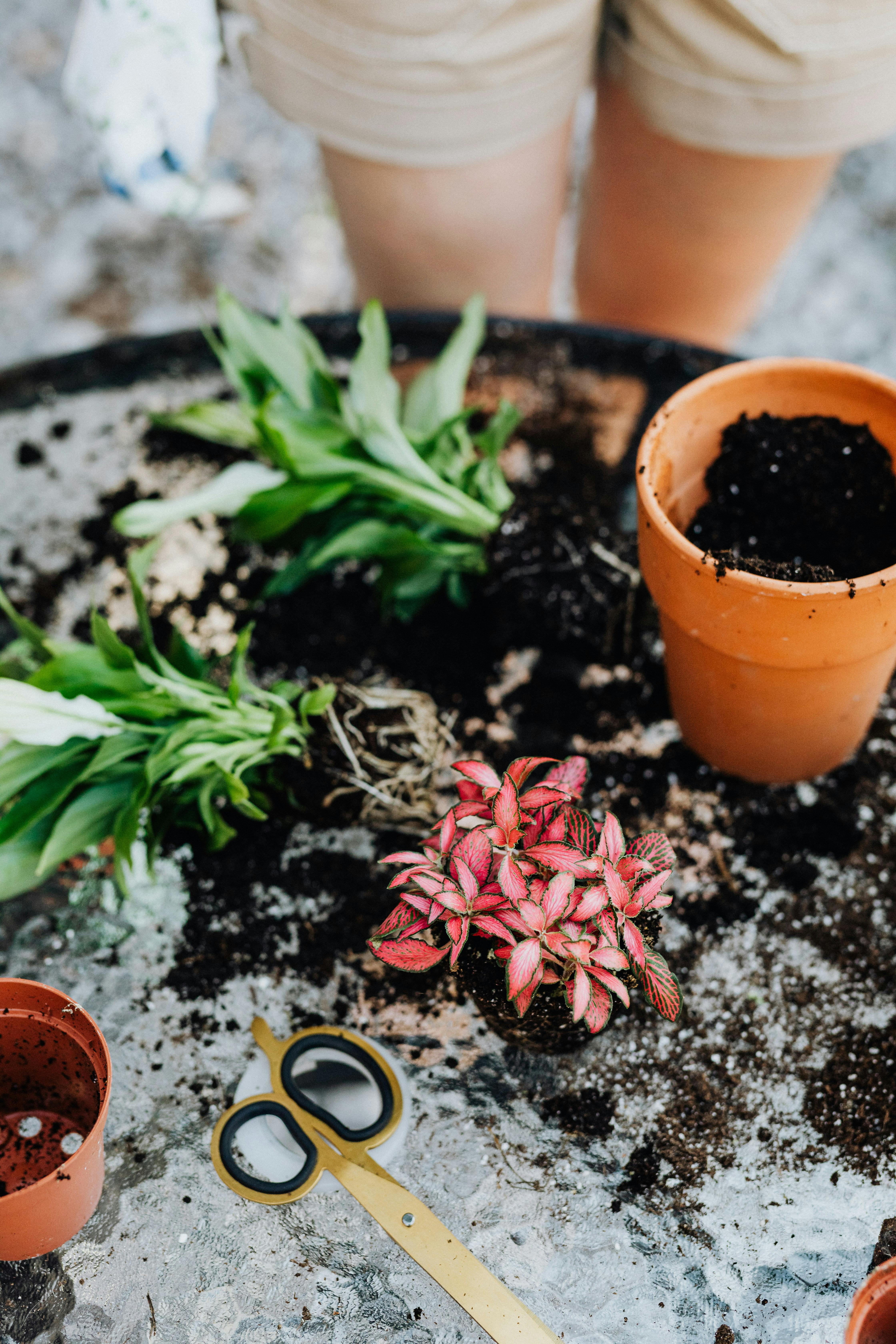
Essential Guide to Making Cuban Coffee at Home
Cuban coffee, known for its strong and sweet flavor, is a cultural staple that encapsulates the vibrant essence of Cuban heritage. This coffee beverage is not just a drink; it's an experience that invites social interaction and celebrates togetherness. Understanding how to make authentic Cuban coffee is essential for any coffee lover wanting to explore unique flavors and traditions. In this article, we will guide you through the process of making Cuban coffee, share key tips, and explore variations that elevate your coffee-drinking experience.
By following this guide, you will learn about the best methods for brewing Cuban coffee, the essential ingredients required, and how to sweeten it to perfection. We'll cover different Cuban coffee styles and offer practical tips, so whether you are a beginner or a seasoned coffee enthusiast, you will find valuable information to enhance your coffee preparation skills. Let’s dive into the world of Cuban coffee and discover why it holds a special place in the hearts of many.
Key takeaways for making Cuban coffee:
- Understand traditional methods and essential ingredients
- Learn tips for achieving the perfect sweetness
- Explore various Cuban coffee styles and their cultural significance
Understanding the Ingredients for Cuban Coffee
To brew the best Cuban coffee, knowing the right ingredients is crucial. The two primary components are Cuban coffee beans and sugar. Cuban coffee typically uses dark roasted coffee, which provides a rich and robust flavor profile. These beans are finely ground, allowing for optimal extraction during the brewing process. When selecting coffee beans for your coffee, look for specially designated Cuban coffee brands known for their quality.
Another essential ingredient is sugar, which is a defining characteristic of traditional Cuban coffee. The sweetness not only enhances the flavor but also balances the richness of the coffee. Cubans often use a specific technique for sweetening, known as "espumita," where sugar is mixed with the coffee grounds and hot water to create a frothy foam.
Additionally, the brewing method you choose can affect the taste and overall experience. From stovetop espresso makers to specialized Cuban coffee machines, your brewing technique plays a significant role in flavor extraction and aroma.
Choosing the Right Coffee Beans for Brewing
When selecting coffee beans for Cuban coffee, opt for high-quality, dark roasted coffee that is finely ground. This type of coffee allows for the rich flavor and full-bodied experience that Cuban coffee is known for. Brands like Café Bustelo or Pilón are popular choices among coffee enthusiasts for their strong and rich flavors.
Additionally, explore different regional variations of Cuban coffee, as the beans can have unique flavor notes based on their origin. Understanding these nuances will help you select beans that align with your taste preferences. The grind size is also essential; it should be finer than what you would typically use for regular coffee to ensure the best extraction.
Sweetening Techniques for Authentic Flavor
Sweetening your Cuban coffee is an integral part of the brewing process. Start by adding sugar during the initial brewing stage to create the classic "espumita." This technique involves mixing the sugar with a bit of brewed coffee to create a creamy foam before combining it with the rest of the coffee. This step enhances the flavor and gives your coffee a unique texture.
Experiment with sugar variations to find the right sweetness level for your taste. Some may prefer a less sugary drink, while others may enjoy the traditional rich sweetness. Keep in mind that the type of sugar you use can also impact the flavor; consider trying brown sugar or even flavored sugars to add a twist to your Cuban coffee.
Cuban Coffee Brewing Techniques
Brewing Cuban coffee requires practice and an understanding of various methods. The most popular techniques involve using a stovetop espresso maker or a moka pot, both of which allow for rapid brewing and preserve the coffee's rich flavors. The brewing method you choose can significantly impact the final product.
Once you've selected your brewing method, it's essential to manage the water temperature and brewing time carefully. Over-extraction can lead to bitter flavors, whereas under-extraction can result in sour notes. Thus, paying attention to these factors will enhance the overall taste and enjoyment of your coffee.
Brew Method: Stovetop Espresso Maker
The stovetop espresso maker is a popular choice for making Cuban coffee, offering a straightforward and authentic brewing experience. To get started, fill the bottom chamber with water, add finely ground coffee to the filter basket, and assemble the pot. Place it on medium heat and allow the steam to extract the coffee into the upper chamber.
Once the coffee starts bubbling into the upper chamber, reduce the heat to prevent over-cooking. This method typically takes about 5 minutes. The result is a strong Cuban coffee ready to be sweetened to your liking. Remember to pour it into your serving cup immediately to maintain the rich flavors.
Exploring Other Brewing Methods for Cuban Coffee
While the stovetop espresso maker is the most common method for brewing Cuban coffee, there are other viable options worth exploring. The Aeropress is a modern and portable option that allows for experimentation with brew times and pressure, enhancing flavor extraction. Alternatively, the traditional French press can offer a different texture and depth of flavor, which some find quite appealing.
Consider investing in quality coffee brewing equipment to elevate your Cuban coffee experience further. Accesories such as a coffee grinder, scale for precise measurements, and a thermometer to monitor water temperature can significantly enhance your brewing results.
Serving Cuban Coffee: Enjoying the Experience
Once you've brewed your Cubans coffee, the next step is serving it properly. Traditionally, Cuban coffee is served in small cups, similar to espresso. This style not only preserves the bold flavors but also encourages shared experiences among friends and family. Cuban coffee culture emphasizes social drinking, making it common to serve coffee to guests during conversations.
Pair your Cuban coffee with sweet pastries like "tostada" or Cubano sandwiches to create a delightful experience. The combination of flavors makes enjoying the coffee even more enjoyable while highlighting Cuban culinary traditions.
Perfect Brewing Portions: Serving Size for Cuban Coffee
Portion sizes for serving Cuban coffee can vary depending on personal preference and the occasion. A typical serving size is around 1 to 2 ounces, focusing on strong flavors rather than volume. When hosting guests, brewing a larger batch in advance is advisable, allowing for easy refilling throughout your gathering.
If you’re experimenting with various coffee flavors or sweetness levels, serving smaller portions can encourage guests to taste and compare different options. This method not only enhances the overall experience but also embraces the social aspects of enjoying Cuban coffee.
Unique Cuban Coffee Variations to Try
Cuban coffee has several variations that you can explore to cater to different palates. For instance, the "Cubanito," a variation that combines espresso with sweetened condensed milk, is a favorite among many coffee lovers. If you're looking for something different, try iced Cuban coffee for a refreshing twist during warmer months.
Additionally, spiced versions of Cuban coffee can introduce new flavor dimensions, incorporating cinnamon or nutmeg to create a warm, aromatic beverage to enjoy during colder climates. Don't hesitate to experiment with sweeteners, froths, or different milk options to personalize your Cuban coffee experience.
FAQs About Cuban Coffee
Q: What is the difference between Cuban coffee and regular espresso?
A: The main difference lies in the brewing method and the sugar content. Cuban coffee is typically made using dark roasted beans and is sweetened during the brewing process, adding a distinctly frothy texture.
Q: How much caffeine is in Cuban coffee?
A: Cuban coffee contains a concentrated caffeine level due to the brewing methods that extract robust flavors. One serving can deliver a significant caffeine kick, making it a preferred choice for a quick boost.
Q: Can I make Cuban coffee using instant coffee?
A: While authentic Cuban coffee relies on freshly ground beans, you can use instant coffee in a pinch. However, the flavor and experience will not replicate traditional methods.
Q: What are some popular brands of Cuban coffee?
A: Some famous Cuban coffee brands include Café Bustelo, Pilón, and La Llave, all known for their strong and flavorful coffee offerings.
Q: How should I store my Cuban coffee beans?
A: It’s essential to store coffee beans in an airtight container in a cool, dark place to preserve their freshness and flavor.

